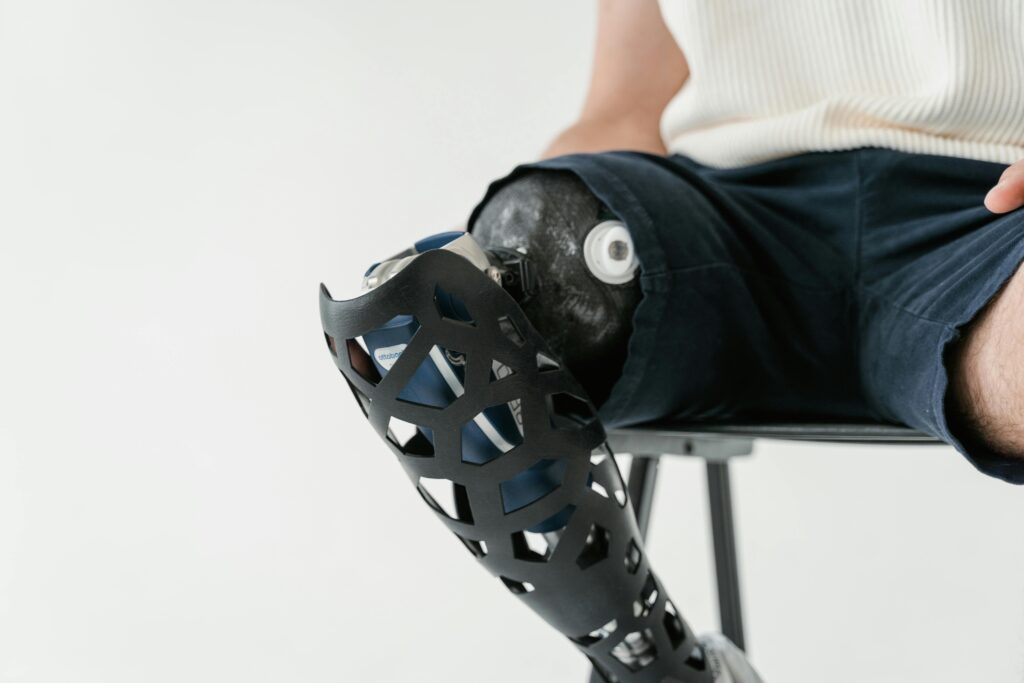Introduction
Welcome to an in-depth exploration of disability and its impact on individuals and society. In this comprehensive guide, we’ll delve into various aspects of disabilities, including definitions, types, challenges, rights, and support systems.

Understanding Disability
Defining Disability
Disability encompasses a diverse range of physical, mental, sensory, and cognitive impairments that may affect a person’s activities, participation, or interaction with the environment.
Types of Disabilities
Explore the various categories of disabilities, such as mobility impairments, visual and hearing impairments, intellectual disabilities, and mental health conditions.
Prevalence of Disabilities
Delve into statistics and research findings to understand the prevalence of disabilities globally and within specific populations.
Challenges Faced by Individuals with Disabilities
Social Stigma and Discrimination
Discuss the social barriers and discrimination that individuals with disabilities often encounter, leading to exclusion and marginalization.
Accessibility Issues
Highlight the challenges related to accessibility in the built environment, transportation, information and communication technologies, and public services.

Employment and Economic Empowerment
Examine the barriers to employment and economic opportunities faced by people with disabilities, along with strategies for inclusive employment practices.
Rights and Legislation
Disability Rights Movement
Trace the history of the disability rights movement and its impact on advocacy, legislation, and policy development worldwide.
Legal Framework
Explore key international instruments and national laws that protect the rights of people with disabilities, emphasizing principles of equality, non-discrimination, and accessibility.
Implementation and Enforcement
Discuss challenges and successes in the implementation and enforcement of disability rights laws, highlighting the role of government agencies, civil society organizations, and disability rights activists.
Support Systems and Resources
Healthcare and Rehabilitation Services
Examine the importance of healthcare services, rehabilitation programs, assistive devices, and therapies in promoting the well-being and independence of individuals with disabilities.

Educational Opportunities
Discuss inclusive education practices, special education programs, and accommodations for students with disabilities to ensure equal access to learning opportunities.
Social Support Networks
Highlight the significance of family support, peer networks, and community services in enhancing social inclusion and quality of life for people with disabilities.
Assistive Technologies and Innovations
Overview of Assistive Technologies
Explore the role of assistive technologies, adaptive devices, and accessibility features in empowering individuals with disabilities to overcome barriers and participate fully in society.
Emerging Innovations
Highlight recent advancements in assistive technology, such as wearable devices, smart home automation, and communication aids, that are revolutionizing the lives of people with disabilities.
Empowering Individuals with Disabilities
Self-Advocacy and Empowerment
Encourage individuals with disabilities to assert their rights, voice their needs, and actively participate in decision-making processes that affect their lives.
Promoting Inclusion and Diversity
Emphasize the importance of inclusive policies, accessible environments, and diverse representation in fostering a more equitable and inclusive society for people of all abilities.
What is the definition of disability?
Disability is broadly defined as any physical, mental, sensory, or cognitive impairment that limits a person’s activities or participation in daily life.
How common are disabilities?
Disabilities affect a significant portion of the global population, with estimates suggesting that over 1 billion people worldwide live with some form of disability.
What are the main challenges faced by individuals with disabilities?
Individuals with disabilities often face social stigma, discrimination, limited access to healthcare and education, barriers to employment, and inadequate support services.
What rights do people with disabilities have?
People with disabilities have the right to equal opportunities, non-discrimination, accessibility, healthcare, education, employment, and participation in society, as enshrined in international and national laws.

What role do assistive technologies play in the lives of people with disabilities?
Assistive technologies and adaptive devices empower individuals with disabilities to perform daily tasks, communicate effectively, access information, and participate in various activities, enhancing their independence and quality of life.
How can society promote disability inclusion?
Society can promote disability inclusion through advocacy, awareness-raising, policy reforms, inclusive practices in education and employment, accessible infrastructure, and fostering a culture of respect and acceptance.
Conclusion
In conclusion, the journey towards disability inclusion requires collective efforts from governments, communities, businesses, and individuals. By embracing diversity, promoting accessibility, and upholding the rights of people with disabilities, we can build a more inclusive and equitable world for all.



